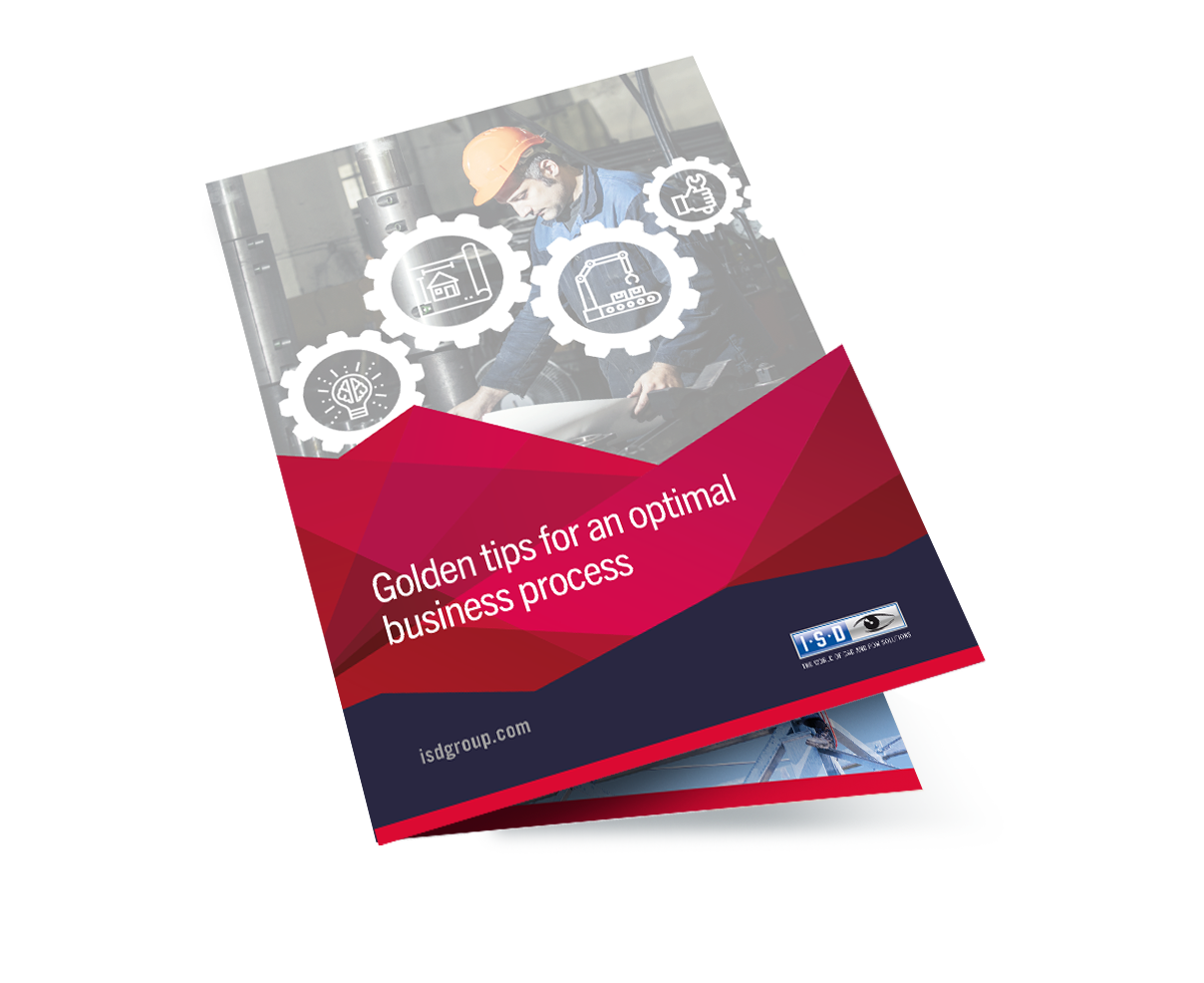
In the last couple of years, metal engineers were able to pass on the majority of cost increases in raw materials to their customers. However, due to a shortage of materials the increase of for example steel prices became more difficult to manage. How much did the increase in material costs influence metal engineering companies in the sector and how did they deal with these changes?
According to Leon Gijsbers of Dutch metal engineering company Vlonder Plaatwerk: "prices are still higher than before, and the market has not settled yet". The company was able to deal with the increase in steel prices because it received a lot of small orders. "We hardly made any price agreements with suppliers, and we were still able to move with the price fluctuations."
Regardless of their ability to largely move with the price fluctuations, metal engineers did face the risk of communicating the increase in prices to their clients. Especially when the assignment is to deliver the exact same product. "In that case, you have to be alert, because a client likely expects you to deliver a product for the exact same price." When there is a scarcity of materials, Vlonder advises its clients to choose a different material. "Of course we advise and think with our clients that, if necessary, they choose a different material. In that case, a good CAD-software such as HiCAD provides a better image in 3D than it does in 2D and possesses all the necessary information that can be used as a source of feedback for your client."
Emiel Eilert of Disselhort Metal handled the increase in prices similarly to Vlonder Plaatwerk. "We also passed on the prices to our clients, and saw that clients started to look for different materials." Did your company stock up on materials? "No, because this was not allowed by our suppliers. But if you have a large stock, you can supply products a bit cheaper than the average market price. I would recommend companies that have their own product assortment to anticipate their annual requirement." 3D CAD-software mostly helped the metal engineering company to handle STEP-files efficiently. "The application helped us to work more efficiently, even though the amount of materials stayed the same. But CAD-software did help to identify mistakes quicker. This helps reduce failure costs for example."
Some metal engineers have a different approach. For example, Jannick Breunis of sheet metal specialist Blozo is looking at accumulating a larger supply of materials. "At least, if we get the opportunity. This way, you can negotiate better steel prices. The last couple of years we experienced different material shortages, but that issue has been resolved." Breunis emphasised that companies in the metal engineering industry need to be cautious when reversing processes based on the occasional incident. CAD-software HiCAD helped Blozo work more efficiently. "If you talk about costs, then the biggest profit enhancing measures are to reduce the possibility of making a mistake and saving time. But we cannot do much about the increasing cost of materials." Would you like to receive more golden tips to save costs in metal engineering? Download the whitepaper!




